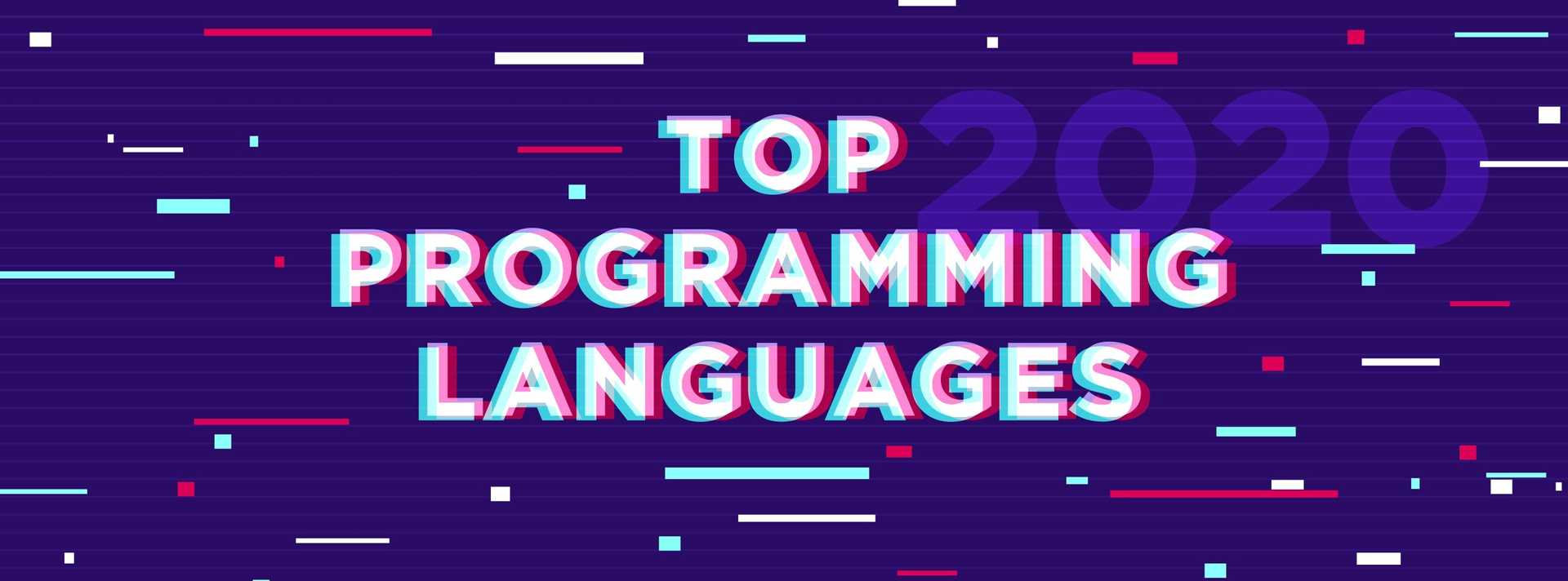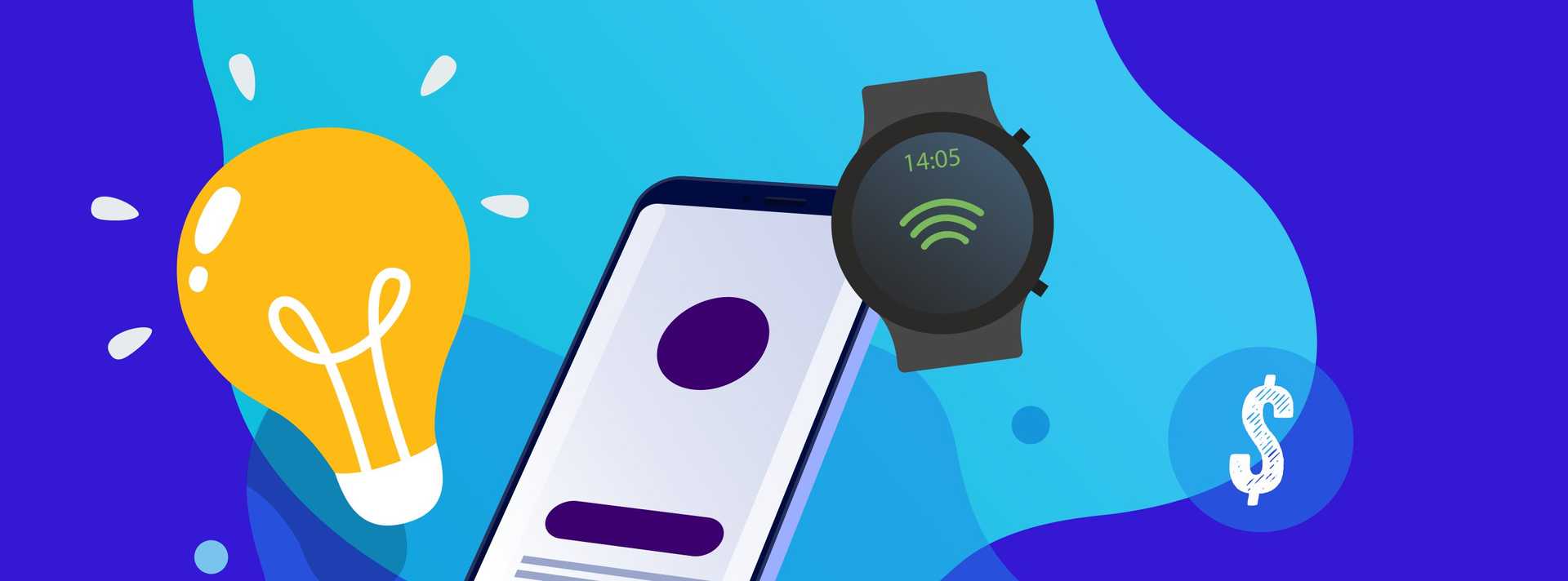Latest Posts

24 April, 2020
The increase of refugee arrivals in Europe and the US created a significant challenge in the social and economical environment. At the same time, the need for employees in the tech world is constantly growing. One of the most promising ideas emerging from this situation were Coding Schools for refugees. Coding schools were created in […]

16 April, 2020
Which programming languages the developer nation uses the most? Our data reveal which programming language communities are rising faster than others, which are dropping down the rankings, and which are the new additions to the club! Take a look at our infographic containing key findings from our Developer Economics Q4 2019 survey. First of all, […]

10 March, 2020
Thinking about becoming a Freelance Developer? Freelancing can provide overall freedom for you to decide your working hours and salary. Let’s go over some common challenges, pros, cons and trade-offs you may encounter choosing this career path. Hopefully, my experience will help you make an informed decision. Challenge #1: Steady Income A strong point in […]

06 March, 2020
Did you know that more developers are team players than loners? If you are like us, you probably love these kinds of facts. You can find more of these in our State of Developer Nation Report (SoN). This edition includes a chapter on Developer Psychographics. The SoN report comes as a result of our Developer Economics […]

25 February, 2020
We want to send a big thank you to everyone who participated in our survey and helped contribute to the developer ecosystem! It’s time to announce the full list of our prize winners for the Developer Economics survey Q4 2019 prize draws! Huge congratulations to all the winners! ? Exclusive Community Prize Draw for members […]

21 February, 2020
How easy is it for a developer to find a job? Someone would say really easy, given that developers are high in demand worldwide, but getting just the right job can be tricky. You know, that job which will allow you to work remotely, on your own time schedule, offering training opportunities and also feel […]

17 February, 2020
The Developer Economics Survey Q4 2019 has just closed and we couldn’t be more excited to see what our community has to tell us, not only through the survey but also through its valuable feedback comments. Οur mission is to help the world understand developers and developers explore current trends in their industry. In order […]

11 February, 2020
Having a brick-and-mortar location isn’t enough for the average business anymore. Rather, both large and small businesses need to take the time to build an online presence for themselves. This connects them with their customer base directly and makes it easier for potential customers to find the business. Specifically, apps have a special level of […]

08 January, 2020
Today, I’d like to share the story of two members of the Samsung Developer Program community and the paths they took that allowed them to pursue their passions.

03 January, 2020
For the first time in our Q2 2019 Developer Economics survey, we tried to introduce developers in their own words by asking them about how they see themselves. We provided a set of 21 words and asked them to choose up to five to form a word sketch of their personality. We also gave them […]